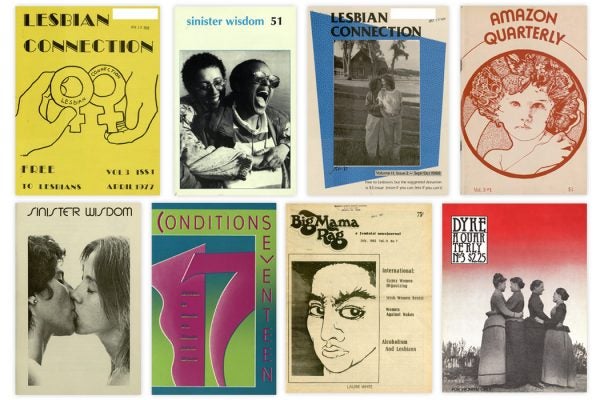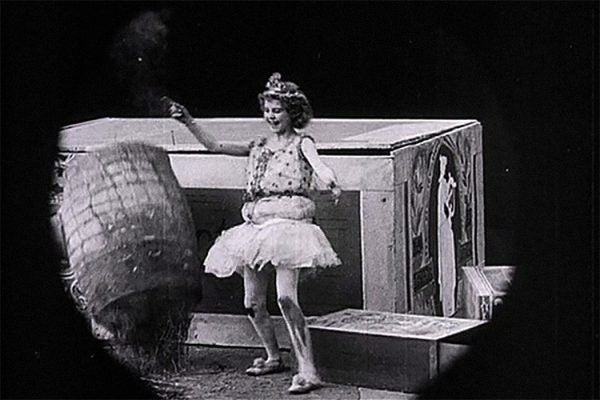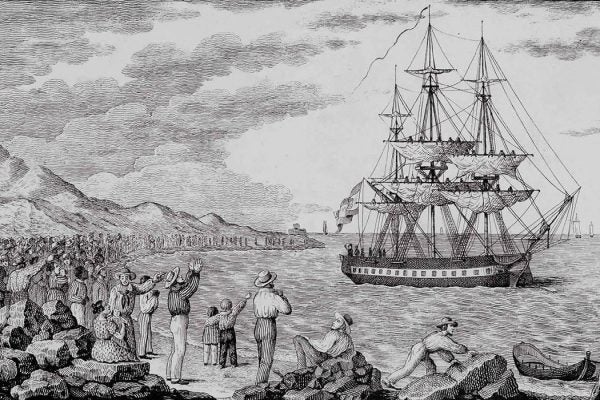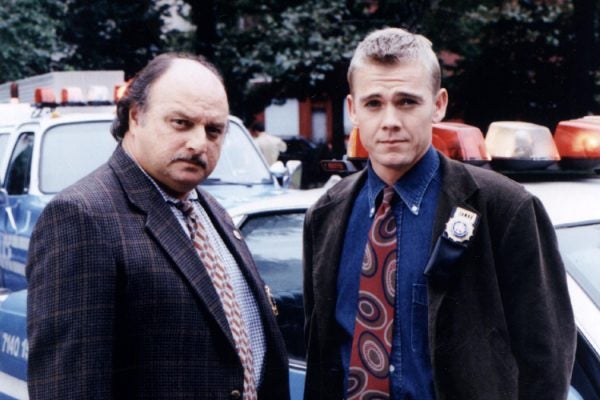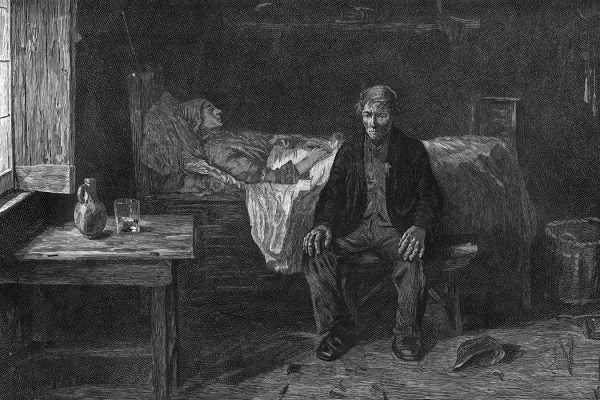Juneteenth in the Alternative Press
Reports in the underground press demonstrate how Juneteenth has been celebrated as both a social and political gathering in the twentieth century.
“There Was Grit and Talent Galore”
Lindsy Van Gelder—author of that famous New York Post article about bra-burning feminists—reflects on the alternative LGBTQ+ press of the 1970s.
The Exploding Women of Early Twentieth-Century “Trick Films”
In “trick films,” women were shown literally exploding over kitchen accidents—the early 1900s way of mining humor out of human tragedies.
India’s Coronavirus Migration Crisis
Widespread market failure and unemployment triggered by the coronavirus pandemic have set off a crisis of domestic migration in India.
Bomber Plane or the Loch Ness Monster?
A Vickers Wellington plane was submerged for decades in the Loch Ness, till a group of Nessie hunters stumbled across mysterious sonar readings.
How Children Took the Smallpox Vaccine around the World
In 1803, nearly two dozen orphan boys endured long voyages and physical discomfort to transport the smallpox vaccine to Spain's colonies.
What Happens to All That Used PPE?
Gloves, masks, and other personal protective equipment have kept us safe during the pandemic. Now they're washing up on beaches around the world.
Cop Shows, COVID Design, and Ancient Plague
Well-researched stories from The Conversation, The New York Times Magazine, and other publications that bridge the gap between news and scholarship.
Blaming People for Getting Sick Has a Long History
Four major theories of disease transmission dominated scientific discourse in the nineteenth century. As one scholar writes, all were political.
The Therapeutic Value of Horror Video Games
In stressful situations, seeking out even more stress can be cathartic.

